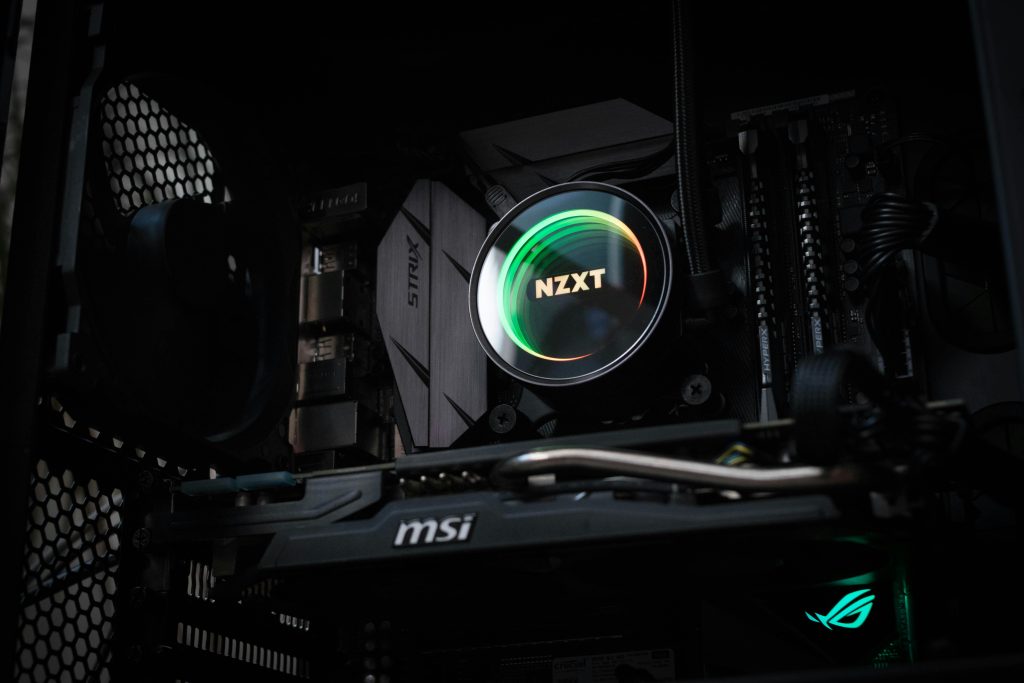Troubleshooting: RTX 4090 and 4K HDMI Monitor Sleep Wake Issues on Multiple Systems
Introduction
Many users experience connectivity and display management challenges when integrating high-performance graphics cards like the NVIDIA RTX 4090 with 4K monitors over HDMI. One recurrent issue involves the monitor failing to wake from sleep mode automatically, requiring manual intervention to power the display back on. This problem appears consistent across different systems and configurations, emphasizing its significance for users relying on 4K HDMI displays.
Scope of the Issue
The core problem involves the primary 4K monitor (over HDMI) not responding to wake commands from the operating system, resulting in a persistent sleep state until manually powered on. Notably, this affects only 4K displays; lower-resolution monitors such as 1440p and 1080p variants do not exhibit this behavior within the same setup.
System Configuration
- Graphics Hardware: NVIDIA RTX 4090 (tested in two distinct systems)
- Displays: Single 4K monitor over HDMI, operating at 144Hz or 60Hz, without HDR enabled
- Software: Fully updated graphics drivers; firmware flashing was attempted yet didn’t resolve the issue
- Operating Environment: Multiple Windows setups with consistent display configurations
Observed Symptoms
- The primary 4K monitor remains unresponsive on wake from sleep or system startup
- Manual power cycling is necessary to bring the display back to active state
- No similar issues observed with other monitors at different resolutions or refresh rates
Troubleshooting and Recommendations
While the root cause is not fully understood, several strategies may mitigate this problem:
-
Update Graphics Drivers Regularly: Ensure that the latest NVIDIA drivers are installed, as manufacturers frequently release updates addressing compatibility and sleep/wake issues.
-
Check HDMI and Firmware Versions: Verify that HDMI cables are high-quality and properly connected. Update monitor firmware if available, as manufacturer updates can improve sleep/wake functionality.
-
Adjust Power Settings: In Windows, modify power management settings to prevent USB selective suspend or PCIe link state power management from interfering with display wake-up.
-
Disable Fast Startup: Sometimes, Windows fast startup can cause issues with hardware initialization. Disabling it may improve wake behavior.
-
Experiment with Display Port (if available): If your monitor and GPU support DisplayPort connections, switching from HDMI to DP might resolve wake issues.
-
Monitor Connectivity Protocols: Ensure that your system’s display output is configured correctly,
Share this content:



